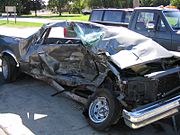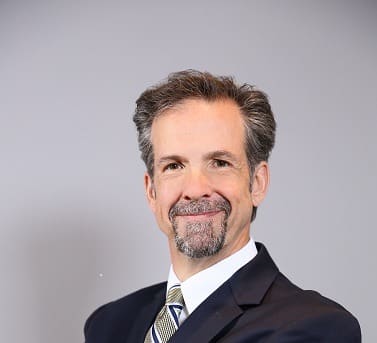Is There A Difference Between A Personal Injury Insurance Claim vs. A Baltimore Personal Injury Case?

Yes, there is a difference between a personal injury claim and a Baltimore personal injury lawsuit (or case). Actually, there are several. Analytically, it makes some sense to think of a “claim” as the first step in the process. After the injury, a “claim” is typically made to one or more insurance companies for the responsible or at-fault party. If that insurance company fails to offer fair compensation to the injury victim, the second phase ensues, i.e. the “case”, litigation, and the filing and prosecution of a Baltimore personal injury lawsuit. Here’s an overview of each, followed by a case study to highlight how this might play out in reality.
Baltimore Personal Injury Claim: This is the first step in most personal injury proceeding or process. After an injury, you (or your lawyer) would make a claim with the at-fault party’s insurance company. Typically, the facts of loss are presented, and, this information is supplemented with additional corroborating information throughout the pendency of the claim. This information provided will detail the extent of your injuries, the circumstances of the accident, and the damages you’re seeking. The insurance company should investigate the claim and decide whether to accept liability and offer a settlement or to deny the claim. In Maryland, rules govern the way in which an insurance company is supposed to handle a personal injury claim.
Case Study: John is hurt in a car accident that is not his fault. The injury-causing accident occurs in Baltimore, Maryland. He’s seen at a local hospital, and later by a physical therapist who helps recuperate from his injuries. He can’t work for a few weeks and is placed on “light duty” for several more. When it is clear to John his medical bills and lost wages are significant, and are his injuries, he hires an experienced Baltimore Personal injury lawyer after speaking to several. This injury lawyer collects the pertinent information about the events and presents it to the insurance company for the at-fault party. The insurance company makes a series of facially insufficient offers and ultimately makes a “final” offer that is slightly below the low end of what John’s lawyer thinks is reasonable. John has a choice. His claims have now ripened to the point that it will become a case if he chooses to file a lawsuit. On the other hand, his personal injury claim will remain a personal injury claim if he chooses to accept the low settlement offer. There may be reasons Johns chooses this path; time, a reluctance to incur litigation expenses or an anticipated move from the jurisdiction, and the corresponding need to return for the trial are frequently posited.
Baltimore Personal Injury Lawsuit (Case): In some respects, a “case “ follows an unsuccessful claim. If the insurance company denies the claim, or if they offer a settlement that you believe is insufficient, you can then decide to file a lawsuit. The reverse is also generally untrue. A “case” would never follow a successful “claim”. A successful claim is one in which the parties reach an amicable settlement- making the lawsuit unnecessary. This case is a legal action taken in court, typically against the person or entity you believe is responsible for your injuries. In the lawsuit, you’ll seek a judgment from the court that awards you damages for your injuries. The amount can be set by a judge or jury.
Case Study: In the example above, John opts not to settle his claim. He instructs his personal injury lawyer to file a lawsuit seeking more than 75,000 in the Circuit Court for Baltimore City. His “claim” is now a “case”. There are numerous events that occur throughout the litigation journey: deposition, mediation, a pretrial conference and ultimately a trial. John required medical expert testimony in his case, and incurred expert witness fees of $3500. After a two-day trial, the jury awarded John a little more than twice the “bottom line” the insurance company offered. Even with the needed expert witness fees, John was able to realize several thousand additional dollars in his pocket. John also felt a sense of vindication. Although the amount awarded by the jury did not meet his dreams, he drew a measure of peace from the fact that 6 of his fellow citizens heard his story, and acted with their common sense and collective judgment. Moreover, John felt that he did not “give in” to the insurance company, and, although he was ultimately wrong in the eyes of the jury about how much he should recover, so was the insurance company. He drew another measure of peace from the community agreeing more with him, than they did with the insurance company.
Remember that this is a simplified explanation of the process. In real-world scenarios, things can be more complicated, and there may be multiple claims, lawsuits, and parties involved. In general, most personal injury disputes are resolved through a claim and settlement process rather than a full-blown litigation. There are likely statistics available for your jurisdiction that will show the number of cases that settle after a lawsuit is filed. There are statistics that speak to the number of overall legal controversies that settle- whether they are Baltimore or have evolved in Baltimore personal injury cases/lawsuits. personal injury claims. These studies invariably show that claims, and cases filed, settle most of the time- at some point in the process. Unfortunately, these national statistics are now a little dated. It is often said lawsuits can be time-consuming, expensive, and uncertain. However, sometimes a lawsuit is necessary if the parties can’t agree on liability or the appropriate amount of damages. It’s always best to consult with a lawyer for advice tailored to your specific situation.



